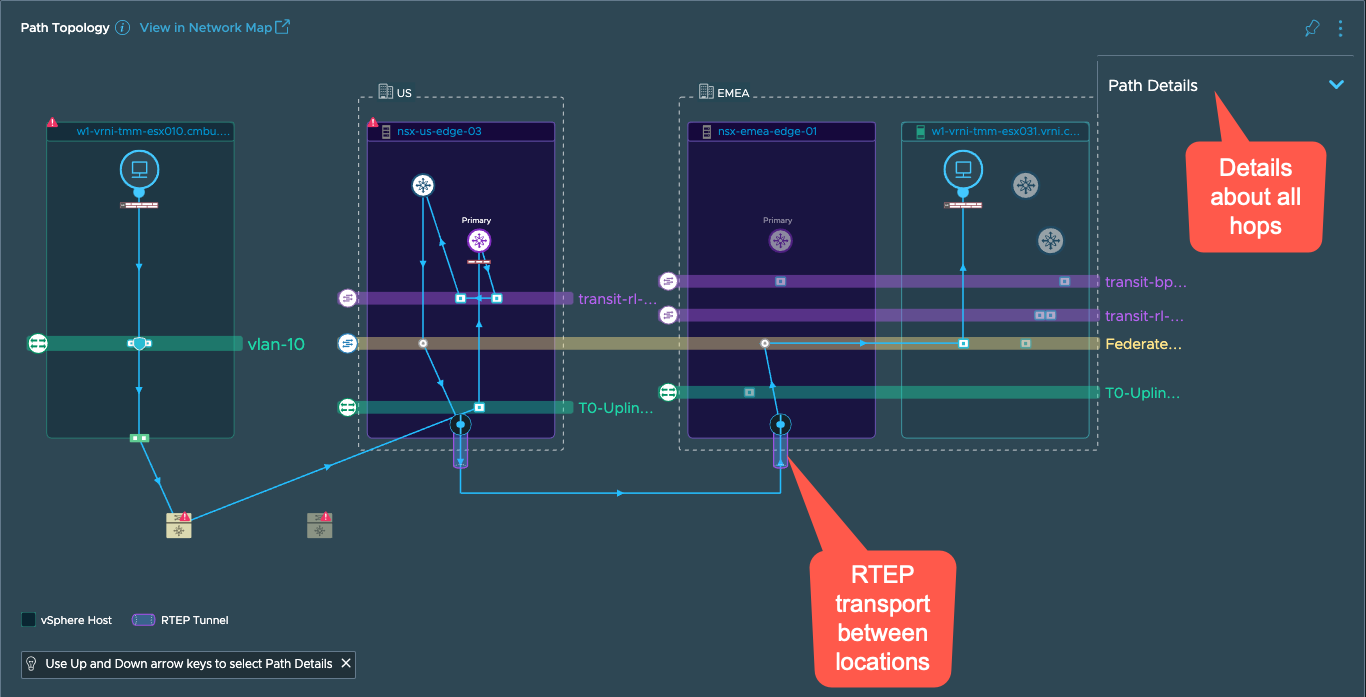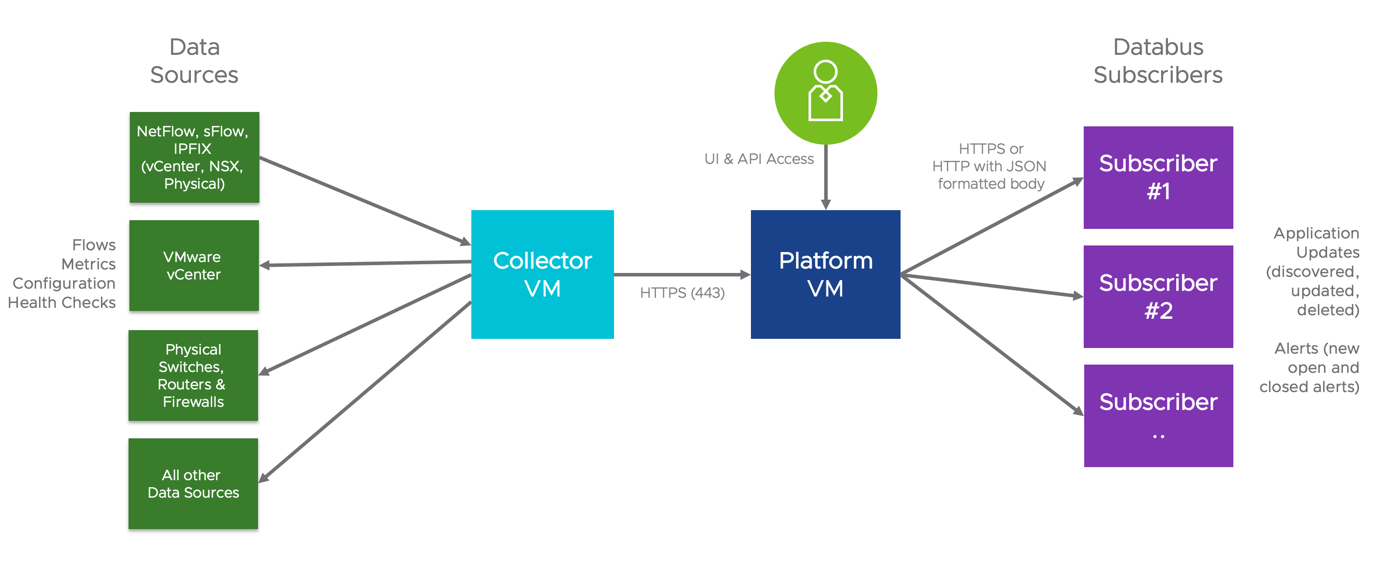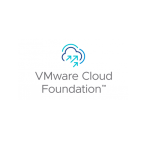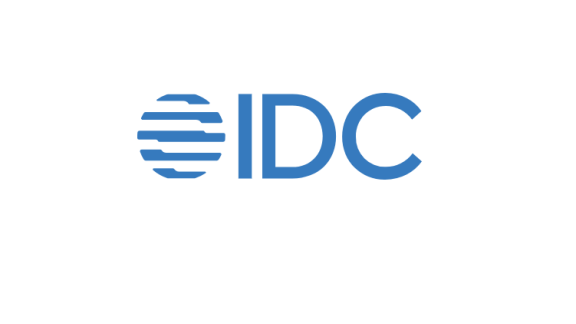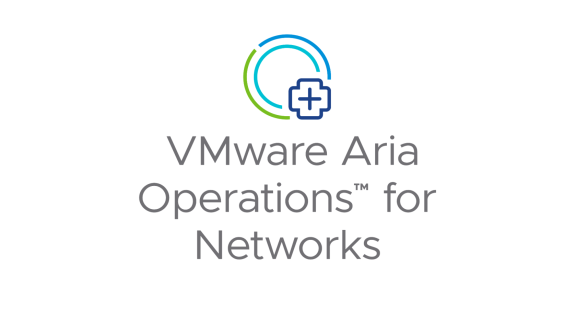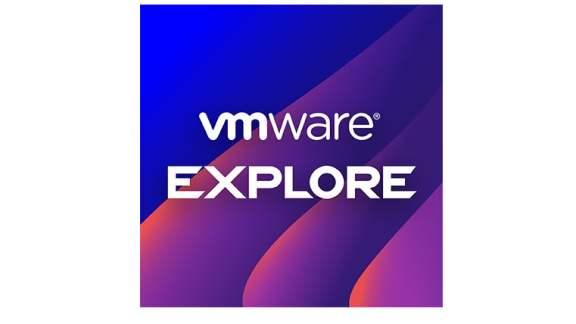It’s that time of the quarter again! No, we’re not putting pumpkin spice in our coffees, but we are putting some extra spice in vRealize Network Insight with version 6.4 – which is now generally available! What’s new, you ask? Well, let me walk you through the most significant features:
NSX-T Federation
With the network sprawling into private, hybrid, and public clouds, the multi-cloud can be a nightmare for network admins. VMware NSX-T is solving that nightmare by letting you run NSX everywhere. Federation then presents a single network management interface and allows networks to be spanned across locations.
These spanned networks are interesting because they join two different virtual networks into one. NSX Edges make sure the traffic is bridged from one location to another. With vRealize Network Insight 6.4, our visibility is extended to these federated networks and generate this remarkable fully documented topology:
All federated configuration is visible, from networks to traffic flowing between federated locations to the global security posture. Find out which firewall rules apply where and whether the routing is configured correctly between locations.
Databus
This is my favorite, for sure. I’ve been preaching about the data available in vRealize Network Insight and the ways to consume that data, for some time. Our customers use that data for various use cases, like, automating documentation, supplementing other monitoring systems, redirecting alerts to the right teams, and even billing their customers for bandwidth. So far, you have always had to come to the data using the APIs. That changes with the Databus, where data will come to you. Using the Databus, the vRealize Network Insight platform streams data towards a subscriber that understands HTTP. Essentially, these are webhooks with different types of data.
The data is formatted in a JSON structure that is documented in the built-in OpenAPI specification. The first iteration of the Databus supports application updates and alerts. Whenever a new application is discovered in the network, or when an application gets updated or deleted, or whenever a problem pops up in the network, your subscribers will know about it.
There’s a lot more to say about the Databus: stay tuned for a deep dive into the Databus in the next two weeks!
VMware Cloud Unification
vRealize Network Insight has supported the significant flavors of VMware Cloud for a while; that’s not new. What is new is that the consumption of the different clouds is now unified. Instead of having to add different combinations of a VMware Cloud vCenter and either a regular NSX Manager or a VMware Cloud NSX Manager – there are now only two:


The process is the same, whether it be VMware Cloud on AWS, Dell EMC, Azure VMware Solution, or Google Cloud VMware Engine. Even though the architecture of VMware Cloud on AWS/Dell EMC, or different from AVS and GCVE – vRealize Network Insight will determine what data to look for, based on the cloud type.
As a quick recap: when you add a VMware Cloud, vRealize Network Insight will retrieve all inventory, configuration, metrics, and configure NSX to send traffic flows for complete visibility into network traffic, topologies, and any connections you might have back to your on-premises data center.
Previously, vRealize Network Insight ingested only the SDDCs from VMware Cloud on AWS. Now in 6.4, we’ve also added support for VMware Cloud on Dell EMC SDDCs.

vRealize Network Insight Cloud Geographical Availability
We’re also excited to announce the availability of two more locations where you can consume vRealize Network Insight Cloud as a service: Central Canada and Frankfurt.
If you would like to get the availability of vRealize Network Insight Cloud in another region, please contact your VMware representative.
Additional Data Sources
To support more branch and edge networks, both the Cisco ASR 1000 and Cisco ISR 4000 lines have been added as a data source type. They blend in perfectly into the Network Assurance and Verification features. These devices will show up in the Network Map topology, are checked against your Network Intents, and are available for path tracing.
Another new data source type is the Cisco Nexus 2000 fabric extender. These switches become a part of their parent switch (Nexus 5000, 7000, or 9000), which makes them automatically recognized by vRealize Network Insight when the parent switch has been added.

Other Gems
There’s too much to cover, but before I leave you with the full release notes to peruse, let’s have a quick look at some other gems.
Fixed Schedule Polling
Do you have network devices that don’t change that often, or have connectivity rules blocking management access to devices and only have a specific window where you can connect? Use the new Fixed Schedule polling interval to make sure vRealize Network Insight only polls the devices at a specified time.

ServiceNow Application Discovery Permissions
Before 6.4, the recommended ServiceNow permissions were admin and read-only – effectively creating a read-only user that can read everything. vRealize Network Insight uses ServiceNow for application discovery – translating the CMDB inventory into application constructs for network context. With 6.4, those permissions can be applied very granularly:

Conclusion
vRealize Network Insight 6.4 is packed with features that extend the visibility into more of your network.
If you’d like to read the full release notes (with even more goodies!), here they are.
Try it
All these enhancements will soon be available in the 30-Day Free Trial of vRealize Network Insight Cloud.

